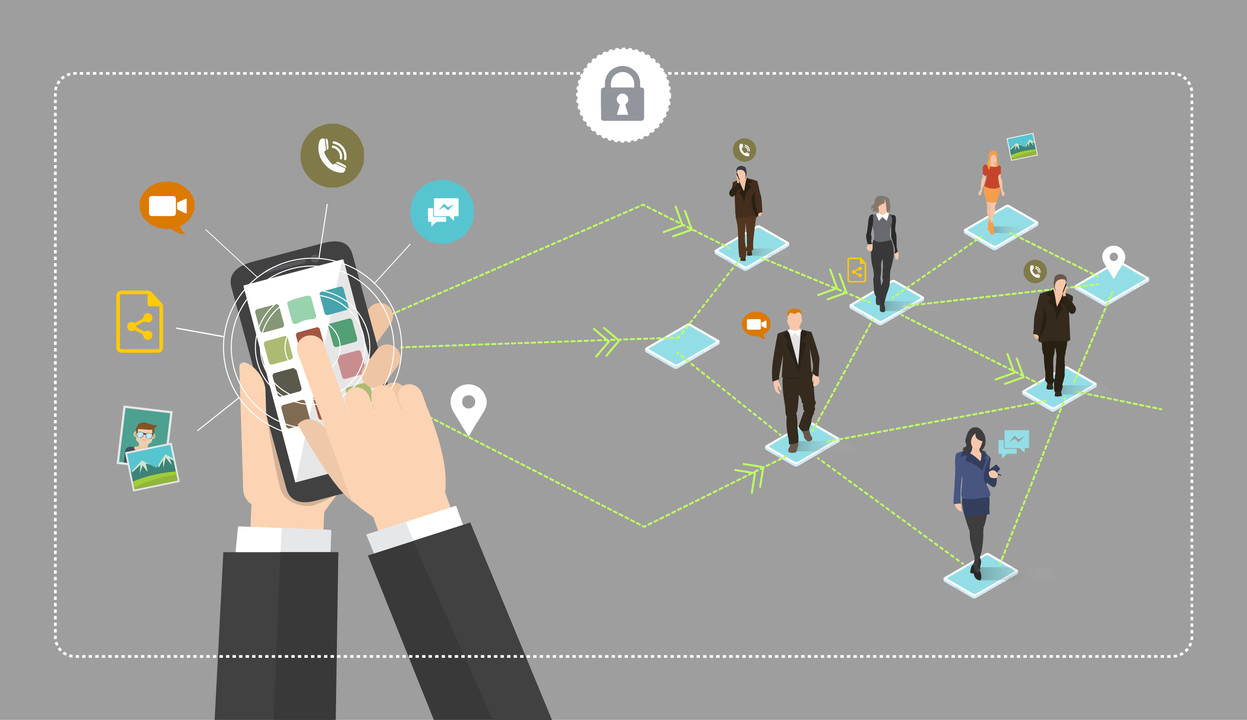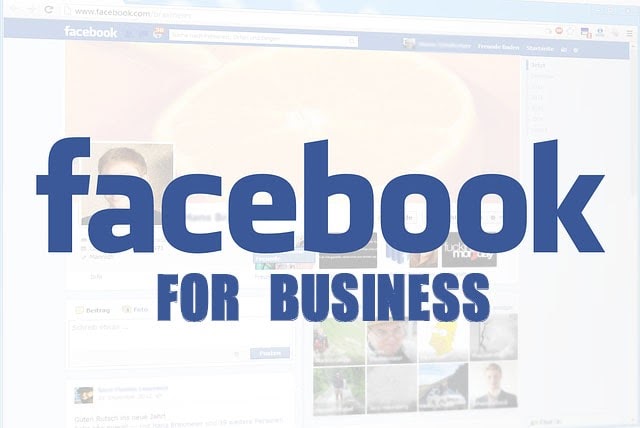Instant messaging has become an increasingly popular means of communication in business, with many companies adopting platforms such as Slack, Microsoft Teams, and WhatsApp for internal communication. While instant messaging has several advantages, it also has its fair share of disadvantages.
One of the major advantages of instant messaging in business is the ability to communicate in real-time. With instant messaging, employees can quickly exchange information and ideas, and get immediate feedback, without having to wait for an email response or schedule a meeting. This can increase efficiency and productivity, as employees can get things done faster and make quicker decisions.
Another advantage of instant messaging is that it allows for easy collaboration and teamwork. Employees can share documents, collaborate on projects, and work on tasks together, all within the instant messaging platform. This can make it easier for teams to work together and stay on track, even if they are physically located in different places.
Instant messaging can also be a cost-effective communication solution, as many instant messaging platforms are free or have low subscription fees. This can be especially beneficial for small businesses that may not have the budget for more expensive communication solutions.
However, there are also some disadvantages to using instant messaging in business. One of the main drawbacks is that it can be overwhelming to constantly receive notifications and messages, which can lead to information overload and decrease productivity. In addition, instant messaging may not be appropriate for all types of communication, such as sensitive or confidential information, which may require more secure methods of communication.
Another disadvantage of instant messaging is that it can be difficult to track and organize conversations and information, as there may be multiple threads and conversations happening at once. This can make it hard to find important information or follow up on tasks and decisions.
Finally, instant messaging may not be suitable for all employees, as some may prefer more traditional methods of communication, such as email or phone calls. This can lead to a disconnect between employees who prefer different methods of communication, which can hinder teamwork and collaboration.
In conclusion, while instant messaging has many advantages, it also has its share of disadvantages. It is important for businesses to carefully consider the pros and cons of using instant messaging and to choose the right communication solution for their needs.









